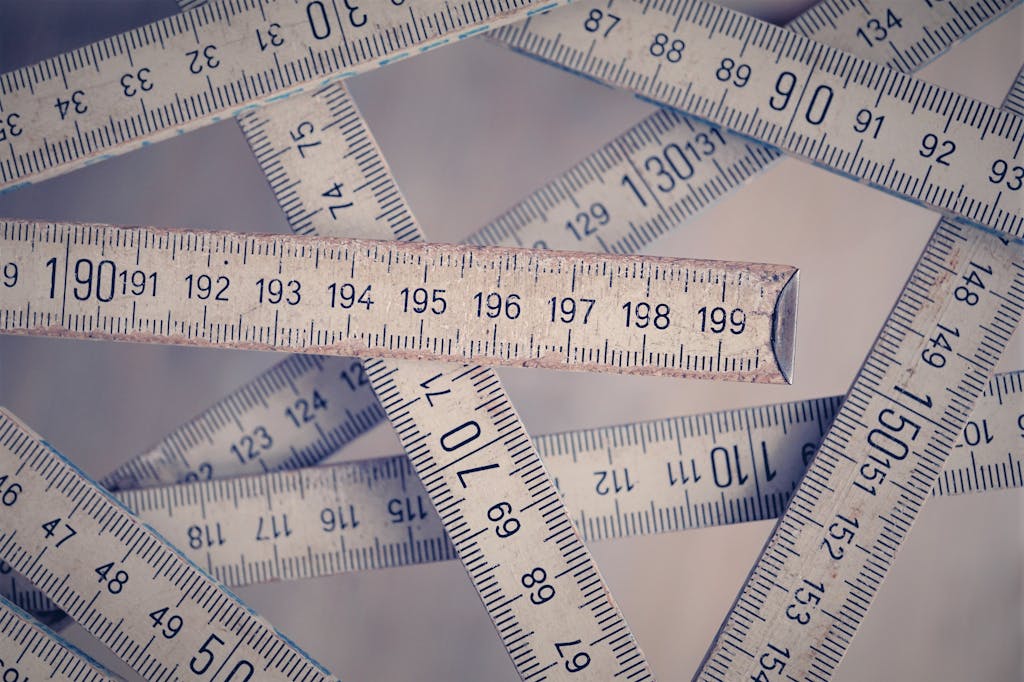When it comes to measurements, the choice of units—centimeters (cm), millimeters (mm), inches, and so on—can greatly depend on the level of precision needed and the standard practices in your region or field. Here’s a curated list of the top 10 things to measure in various units, highlighting why specific units might be more appropriate for each item.
1. Furniture Dimensions (cm/inches)
When measuring furniture for purchase or to fit a space in your home, centimeters or inches are most commonly used. These units provide a balance between ease of understanding and the level of detail needed for precision in furniture fitting.
2. Room Sizes (meters/feet)
For the layout of rooms within buildings, meters or feet are the standard units. This measurement gives a good sense of space and is widely used in construction and real estate.
3. Fabric Length (cm/inches)
Whether for sewing or purchasing fabric, centimeters or inches are used to ensure accuracy in the length required for clothing, curtains, or other fabric-based projects.
4. Jewelry (mm/inches)
Jewelry dimensions, especially for the diameter of rings or the length of necklaces and bracelets, are often given in millimeters or inches. Millimeters provide a high precision necessary for the perfect fit.
5. Electronics (mm/cm)
For the dimensions of electronic devices such as smartphones, tablets, and laptops, millimeters or centimeters are used. The compactness and design precision of these devices necessitate fine measurements.
6. Cooking Ingredients (grams/ml)
While not in cm, mm, or inches, cooking often requires precise measurements of ingredients in grams or milliliters. Precision in measurement can be critical for the success of a recipe.
7. Garden Layout (meters/feet)
For larger outdoor spaces or garden layouts, meters or feet are commonly used. This helps in planning the space allocation for plants, pathways, and garden features.
8. Building Materials (cm/meters)
When it comes to construction, measurements for building materials such as wood planks, tiles, or pipes are given in centimeters or meters. These units help ensure that materials fit correctly and waste is minimized.
9. Athletic Equipment (cm/inches)
Sports equipment, such as the length of a baseball bat or the size of a basketball hoop, is often measured in centimeters or inches. This ensures that the equipment meets regulatory standards and is appropriate for the player’s age and size.
10. Paper Sizes (cm/mm)
Standard paper sizes, used for printing or drawing, are typically defined in millimeters or centimeters. This precision is important for compatibility with printers and for achieving the desired outcome in print quality.
In conclusion, the choice of measurement unit is crucial and varies depending on the object being measured and the precision required. Centimeters and inches are versatile and widely used across various applications for their balance of simplicity and accuracy. Millimeters come into play when more precision is needed, such as in jewelry making or electronics. Understanding when and why to use each unit can help in achieving the best results in your projects and tasks.

Leave a Reply